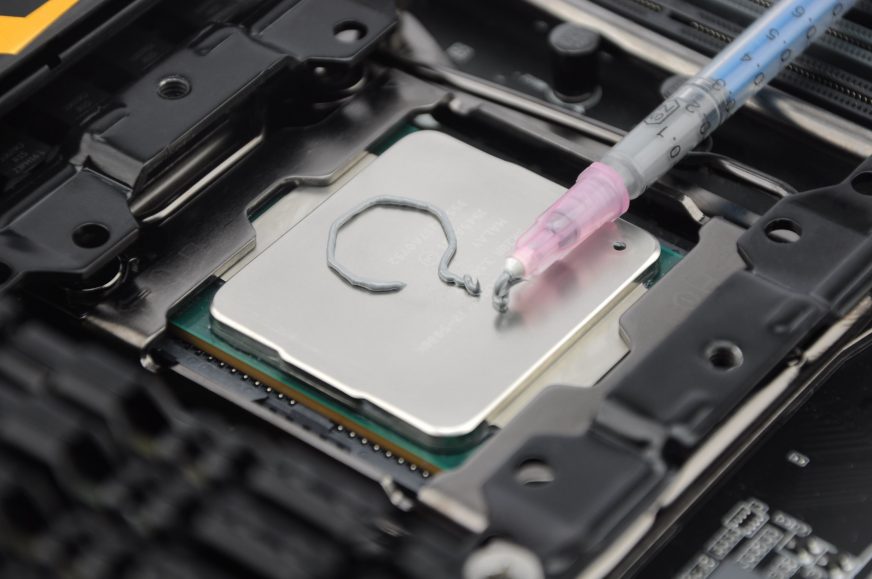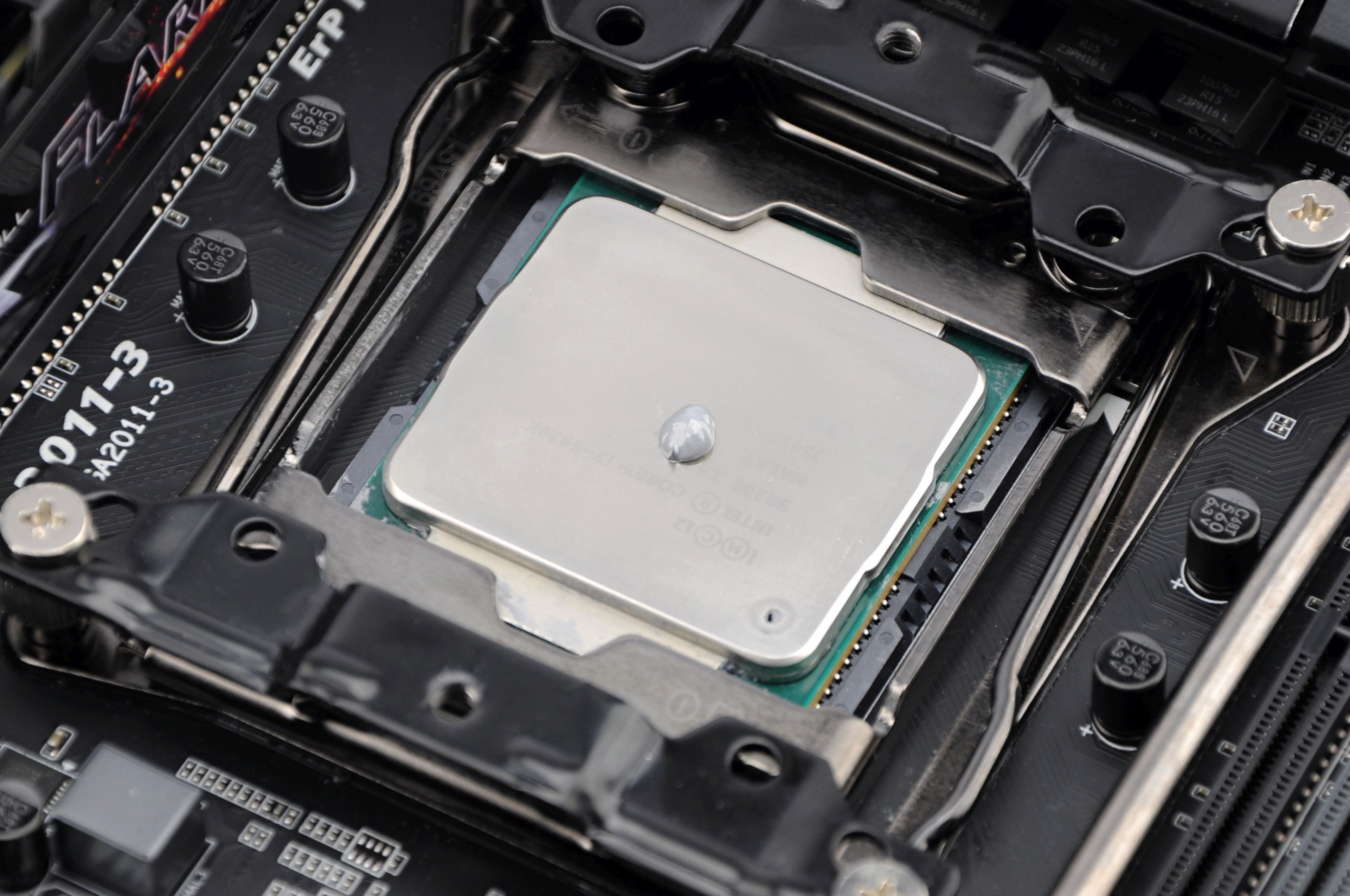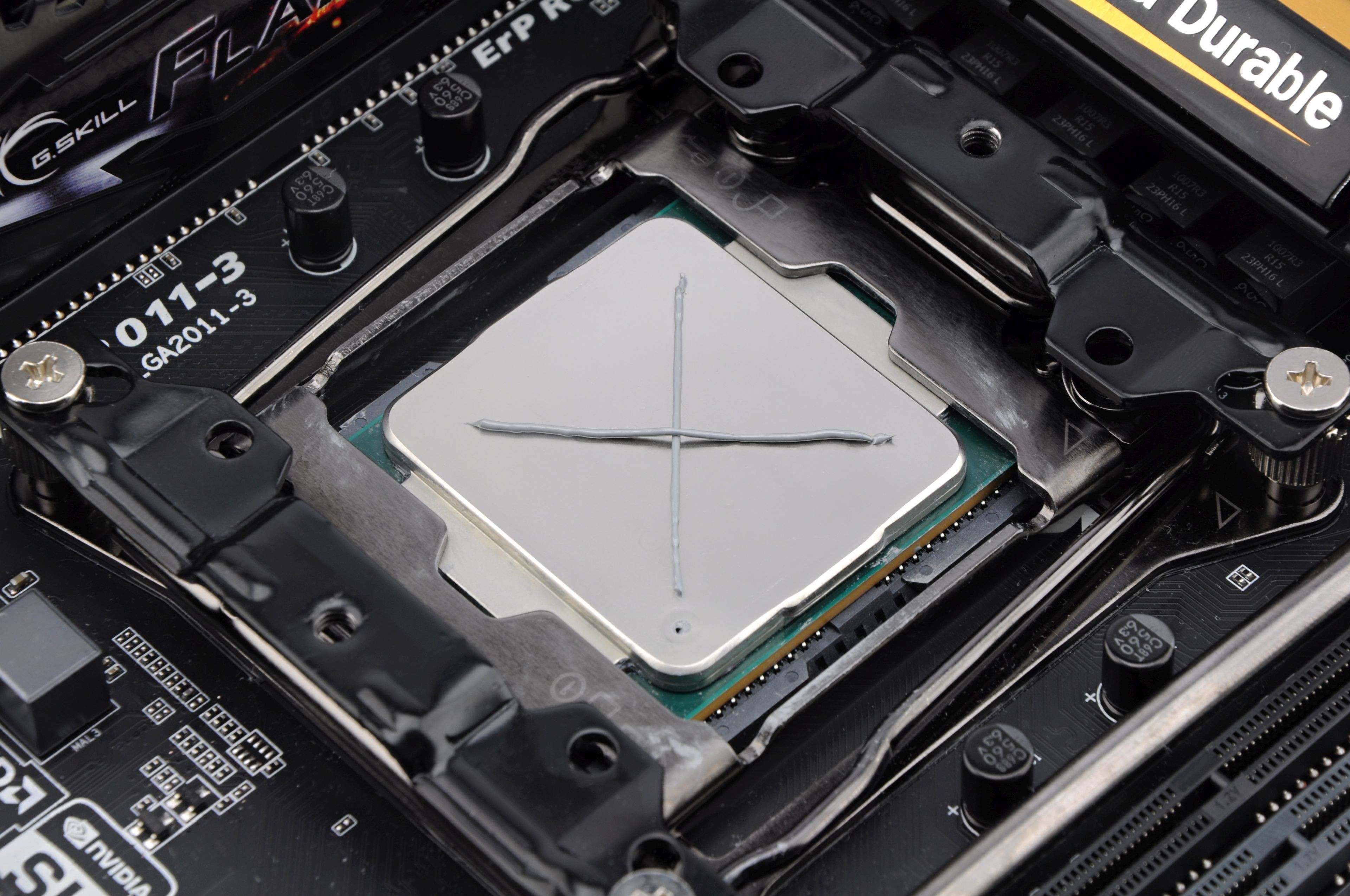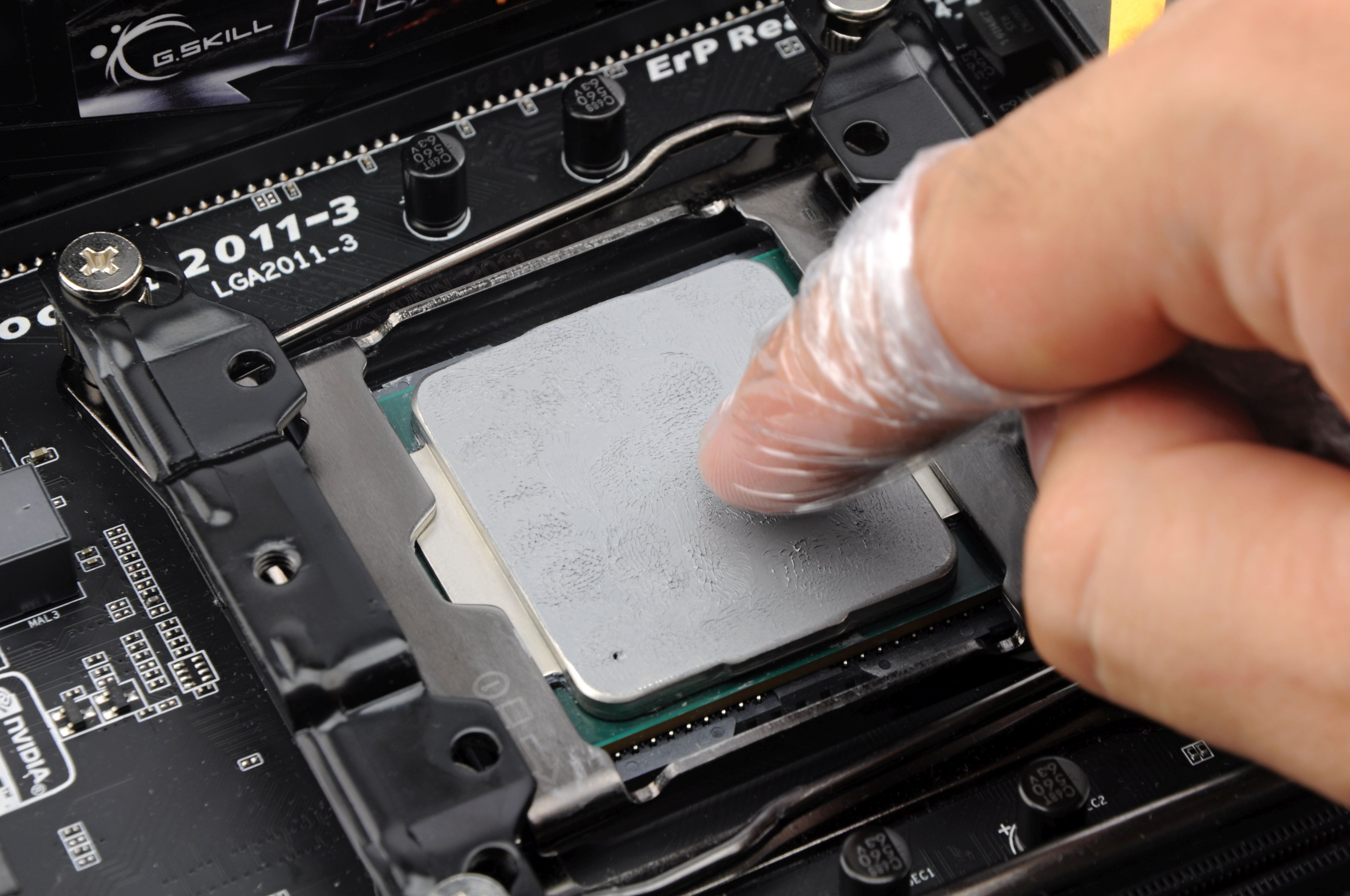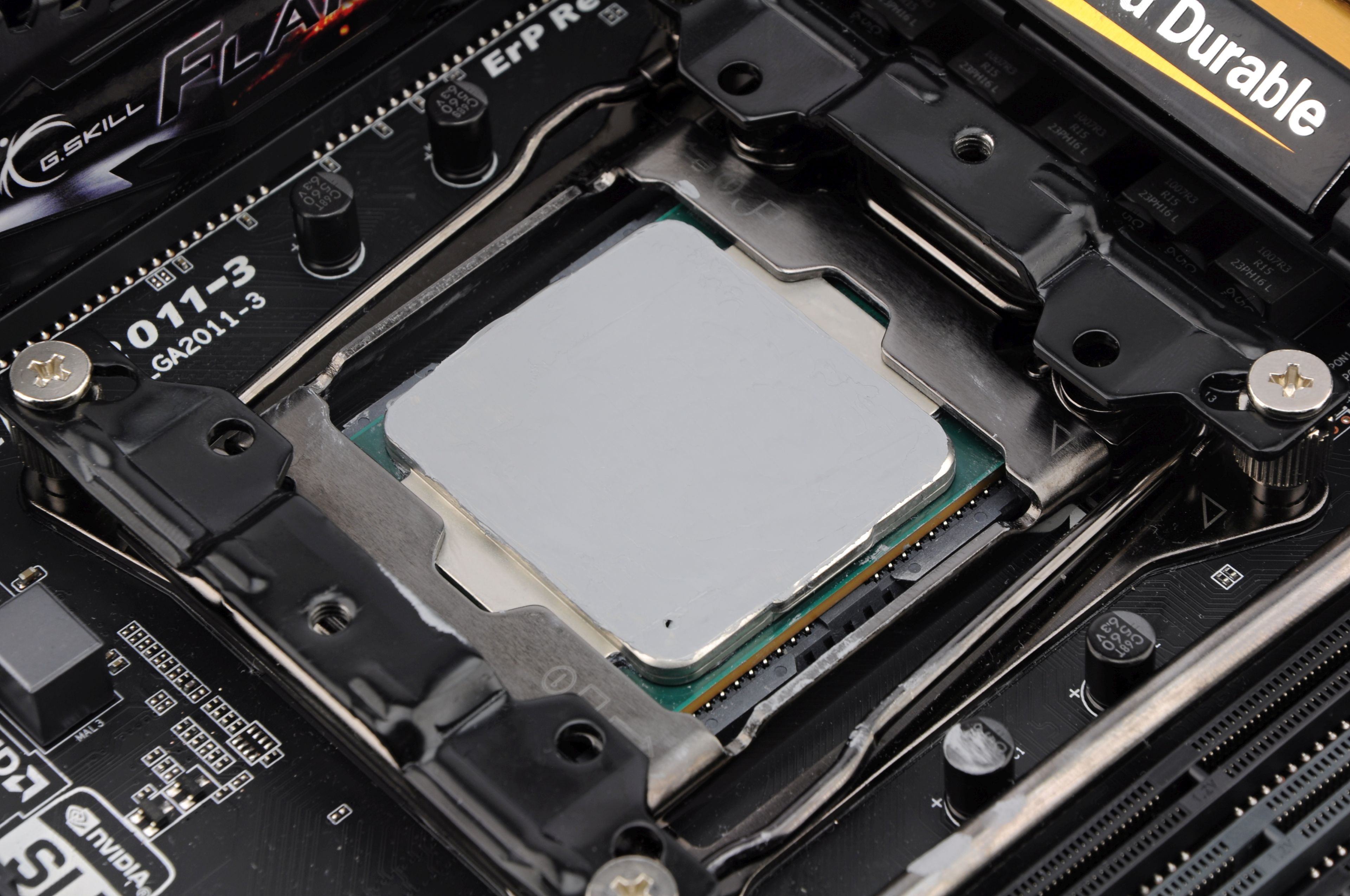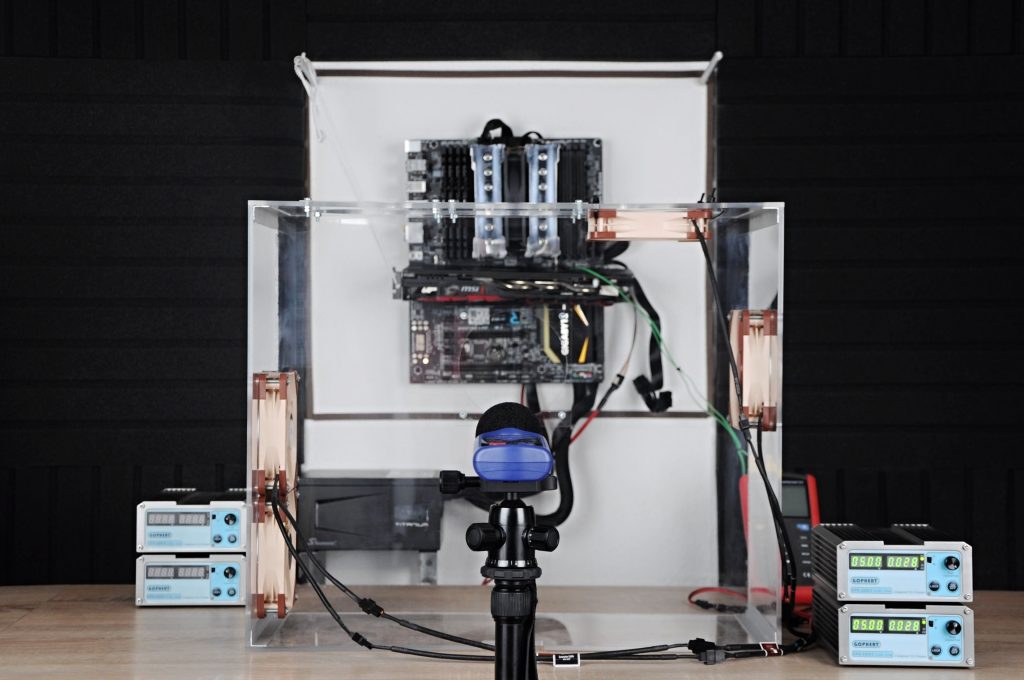Old but still relevant tests
Some articles become obsolete faster, others are relevant for a long time. Such, more durable ones usually do not focus on a specific product, but on a topic as a whole, with a pinch of generality. Articles like this have always been given space around here, since the beginning of HWCooling, and it probably doesn’t hurt to bring them up again. Well, at least as part of this selection which would be a shame to miss forever.
As of today, it’s been seven years since HWCooling.net was launched, which is a good opportunity to go back in time a bit. To articles that the typically later readers may not have come across.
The test with the serial number “one” was on the techniques of applying thermal paste under a cooler. The thermal paste pattern on the IHS was complemented by combinations of accurately dosed amounts (of the paste) at different levels. Sure, the results apply to the specific paste, the specific cooler, and the specific processor, but it’s a good study material for similar situations (hopefully).
Link to the article: Spreading a thermal paste: how and how much?
The number of fans in a case and their different airflows. Which configuration of system cooling fans at comparable noise levels is the most efficient with respect to cooling the selected components? It turns out that it won’t be positive pressure in our wind tunnel.
Link to the article: System cooling in the spotlight. What to increase/decrease?
A thicker thermal pad is worse? The result can also be the opposite. That is, if there is enough compression (by the pressure of the mounting system) and a greater density of the material at a comparable thickness, over a larger area (with more immersion of a component into the thermal pad). This is evidenced by this thermal imaging, where a heatsink (VRM) with thicker, but otherwise identical pads in composition, absorbs more heat.
Link to the article: Test of “chewing gums”: 3× Arctic and Thermal Grizzly Minus Pads
The small heatsinks once used mainly to cool VRAMs of graphics cards can also do a good job as an SSD cooler. Such use is nowadays, with efficient non-reference coolers for production graphics cards, quite rare, but it’s not a downright scarce product.
Heatsinks with a small base in the order of single-digit millimeters can still be found. And compared to traditional coolers, there’s the advantage that SSD memory won’t get heated by the controller (SSD), since each of these components has its own heatsink (instead of a shared one).
Link to the article: Small VRAM heatsink on a SSD NVMe? Cheap and efficient…
In the archives at the first pages of the “extra tests” you will find several similar analyses. Out of the product tests, the comparison of thermal pastes, where 27 different models are pitted against each other, didn’t completely fall into obscurity either.
English translation and edit by Jozef Dudáš
- Contents
- Old but still relevant tests





